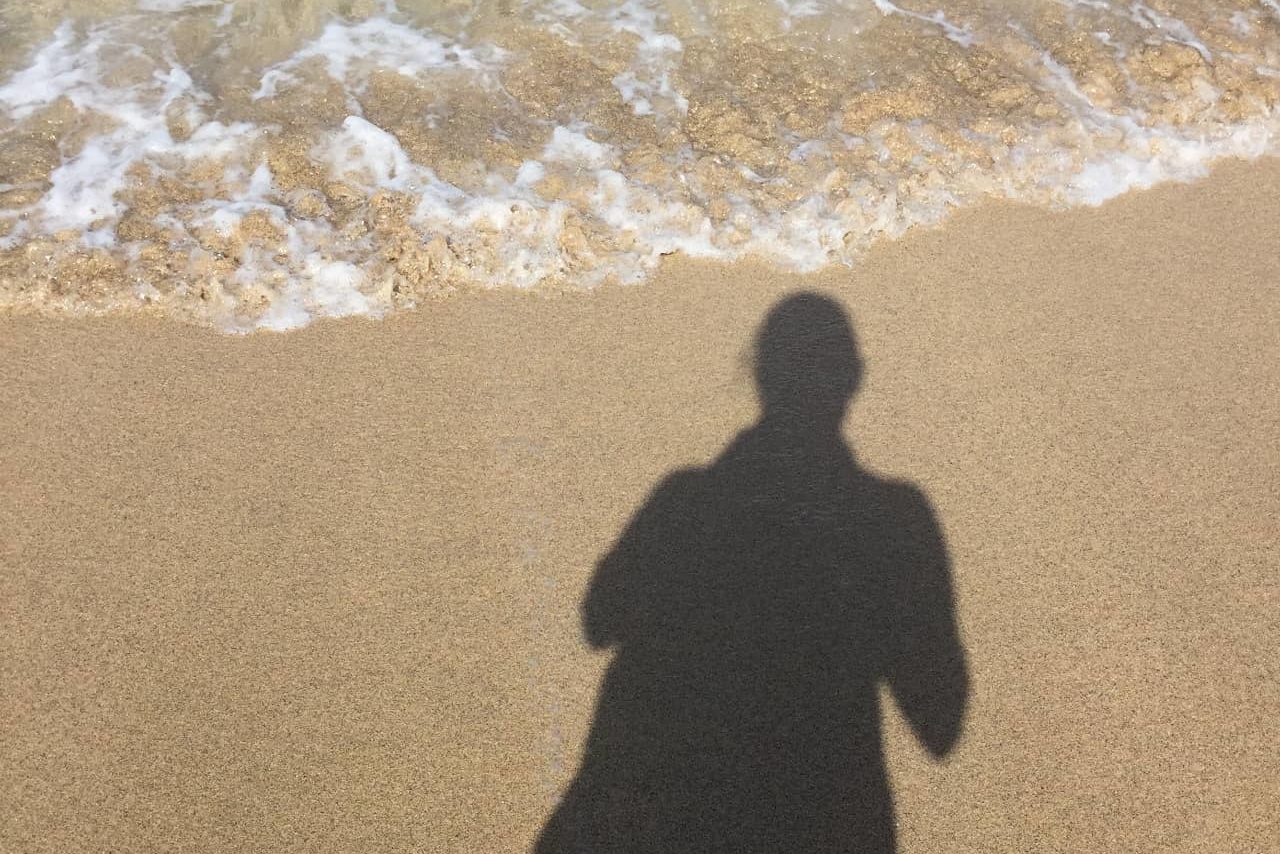El silbido es una parte importante de mi historia de vida. Crecí en un barrio lejos de la ciudad y cerca del bosque, con los hermanos de mi papá y sus familias como vecinos. Los silbidos se escuchaban desde que el tío mayor salía por la mañana a caminar con sus perros (todos rescatados y solovino’s) y los llamaba con un silbido particular, una especie de micro-canción de tres o cuatro notas distintas. Cuando pasaba frente a nuestra casa, silbaba otra tonada a manera de saludo y de chequeo. Así, aunque no lo veíamos, percibíamos su señal y mi papá silbaba de vuelta para responder. Más tarde aprendí que era un código que significaba: “aquí estamos, estamos bien”. Esta costumbre de silbar para comunicarse también vivía en mi familia nuclear, en mi pequeña tribu de cuatro: un silbido de tres tonos (alto-bajo-alto más largo) era el llamado del patriarca para reunir a su tribu. Cualquier salida familiar indudablemente contaría con sus momentos de silbido para localizarnos y juntarnos de nuevo. Mi hermana y yo aprendimos a silbar desde niñas; yo aprendí también a chiflar para que mi sonido tuviera mayor alcance. Lo he usado con éxito para “parar taxi” muchas veces. Silbar es parte de mi lenguaje con mi perro, y a veces con personas muy especiales. Lo usé con mi papá hasta su último día de vida.
Aún existen muchas comunidades humanas que se comunican a larga distancia a través de silbidos, en México y otros países de Europa, Asia y África(1). Es muy útil para comunicarse entre vecinos separados por cerros y valles. El silbido viaja por aire y logra alcanzar mayor distancia que un grito; en Gomera, Islas Canarias, midieron uno que alcanzó 10 kilometros. Las variaciones entre las diferentes “lenguas silbadas” son tonales y estructurales, pero también tienen algunos tonos personalizados entre grupos reducidos.
Hace poco aprendí que los delfines a veces tienen amistades de “compadrazgo” con otro delfín, y se descubrió que tienen “silbidos únicos” entre ellos que funcionan como “apodo” o “nombre de cariño”. Algunas ballenas también se comunican por “silbidos” o canciones que transmiten a través del mar. Se han medido canciones de ballenas que viajan hasta mil kilómetros. En el agua, el sonido se transmite a mayor velocidad que en el aire: los datos de Wikipedia indican 343 metros por segundo en aire; 1,481 m/s bajo el agua (casi 4.3 veces más rápido que en aire); y a 5,120 m/s en hierro (casi 15 veces más rápido que en el aire).
El encanto que me conquista de este viento que musicalizamos, es que requiere de mayor intención para comunicar una idea, y debe existir un buen nivel de conexión entre quienes lo usan para entender el mensaje. Me gustó enterarme que desde niña aprendí a comunicarme como mamífero marino o pájaro, con menos palabras y más canciones. Me gusta que en México aún viva la comunicación con silbidos.
Desearía poder enviarte una canción como lo hacen las ballenas. Sería una canción corta, quizá de algunos segundos, los necesarios para decirte lo más importante. ¿Cuál es la hora perfecta? Seguramente una con poco ruido, de poco tránsito. ¿Dónde estará el sol cuando la mande? ¿Y dónde estará cuando la escuches?
“Aquí estoy, estoy bien… te pienso, te llevo en mi corazón… nunca te rindas…”
* * * * *
(1) Wikipedia de todos los lugares registrados con lenguaje de silbidos
Pedro Infante, cantante y actor mexicano, comunicándose con silbidos en «Nosotros los pobres» (1948) – Mexican movie where characters are having a whistled conversation:
Lenguaje silbado en Oaxaca – Whistled language in Oaxaca, Mexico:
Ballenas comunicándose – Whale song:
* * * * *
ENGLISH VERSION – dedicated with gratitude to my #virtualwritinghour group on Instagram with Dr. @ashadevos
Whistling is an important part of my life story. I grew up in a neighborhood far from the city and close to the forest, with my dad’s brothers and their families as neighbors. The whistles were heard from early in the morning, when the older uncle went out for a walk with his dogs (all rescued or stray-then-adopted) and called them with a particular whistle, a kind of micro-song with three or four different notes. As he passed in front of our house, he whistled a different tune by way of greeting and checkup. Even though we didn’t see him, we could hear his signal. My dad whistled back a different tone as an answer. Later in life, I learned that it was a code that meant: «we are here, we are fine». This habit of whistling to communicate also lived in my nuclear family, in my little tribe of four: a three-tone whistle (high tone-low tone-high and longer) was the patriarch’s call to reunite his tribe. Any family outing would undoubtedly have his whistling moments to locate and reunite us again. My sister and I learned to whistle with our lips as children; I also learned how to whistle with my tongue so that my sound had greater range. I have used it successfully to «hail a cab» many times. Whistling is part of my language with my dog, and sometimes with very special people. I used it with my dad until his last day of life.
There are still many human communities that communicate at long distances through whistles, in Mexico and other countries in Europe, Asia and Africa (1). It is very useful to communicate between neighbors separated by hills and valleys. The whistle travels through the air and manages to reach a greater distance than a scream; in Gomera, Canary Islands, they measured one that reached 10 km. The variations between the different «whistling tongues» are tonal and structural, but they also have some custom tones between small groups.
I recently learned that male dolphins sometimes develop «bromance» friendships with another dolphin, and they were found to have «unique whistles» among themselves that function as a nickname. Some whales also communicate by «whistles» or songs transmitted through the sea. Humans have measured whale songs that travel up to a thousand kilometers. In water, sound is transmitted faster than in air: Wikipedia data indicates that it travels 343 meters per second in air; 1,481 m/s underwater (almost 4.3 times faster than in air); and at 5,120 m/s in iron (almost 15 times faster than in air).
The charm I find in this wind that we transform into tones, is that it requires greater intention to communicate an idea, and there must be a good level of connection between those who use it to understand the message. I loved finding out that as a child I learned to communicate as a marine mammal or bird, with fewer words and more songs. I like that communication in whistles still lives in Mexico.
I wish I could send you a song like whales do. It would be a short song, maybe a few seconds, only the necessary time to tell you the most important things. What would be the perfect time to do it? Surely an hour with little noise and little traffic. Where will the sun be when I send it? And where will it be when you hear it?
«I am here, I am fine … I think of you, I carry you in my heart … never give up …»




